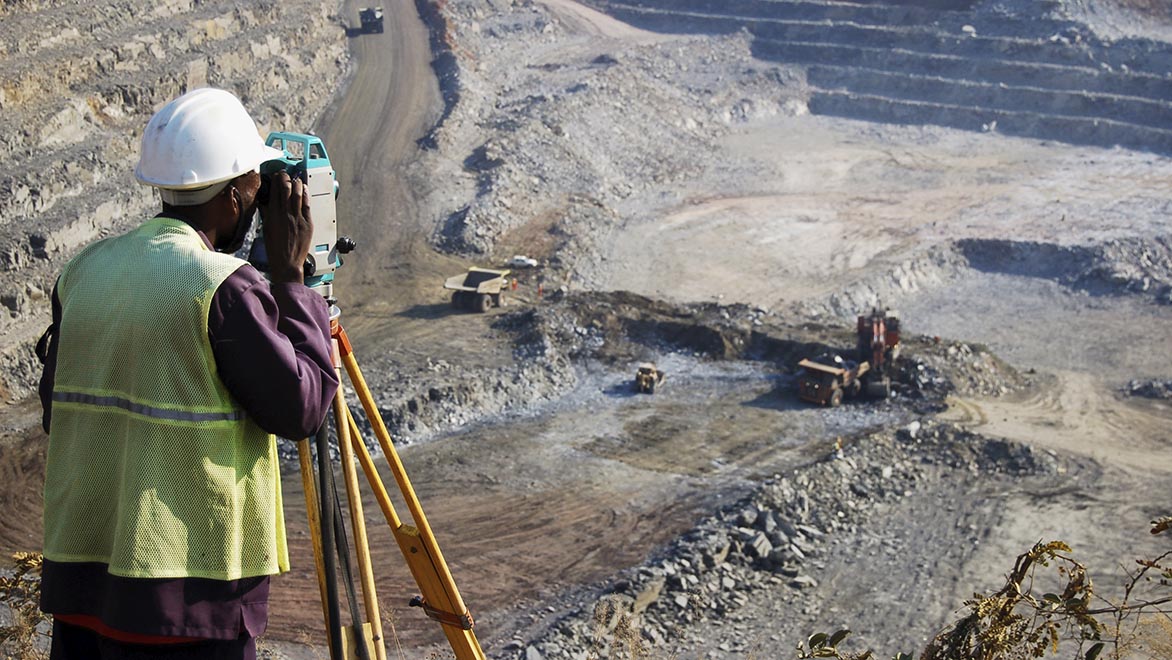Leading Consulting Civil Engineering Companies for Infrastructure Projects
Leading Consulting Civil Engineering Companies for Infrastructure Projects
Blog Article
A Thorough Evaluation of the Services Supplied by Consulting Engineers in the Field of Geotechnical Engineering: From Site Examination to Job Application
Consulting engineers in geotechnical engineering play a critical role in the successful execution of building and construction tasks, beginning with comprehensive website investigations that disclose essential subsurface conditions. Their know-how extends to soil building analyses, ecological influence examinations, and the mindful surveillance of job implementation, ensuring alignment with safety and security and sustainability criteria.
Importance of Geotechnical Engineering
Geotechnical design is a critical technique that underpins the security and sustainability of civil framework projects. By understanding the mechanical actions of soil and rock materials, geotechnical engineers examine the viability of websites for various buildings, including structures, bridges, and dams. This essential analysis guarantees that frameworks can withstand environmental variables and tons without experiencing failure.
The significance of geotechnical design prolongs past plain structural safety; it additionally encompasses ecological stewardship. Proper geotechnical evaluations contribute to lessening the eco-friendly influence of construction. With cautious assessment of soil homes and groundwater problems, engineers can make foundations and retaining frameworks that alleviate threats such as disintegration and landslides, promoting long-lasting stability.
Additionally, geotechnical design plays an important function in task cost monitoring. geotechnical works. By identifying possible issues early in the layout phase, engineers can advise proper options, hence preventing expensive delays and redesigns throughout building. This proactive method not just boosts task efficiency yet additionally considerably lowers dangers connected with unforeseen website problems
Website Examination Strategies
Reliable website examination strategies are necessary for collecting exact data regarding subsurface problems before building. These methods facilitate the understanding of the geological and hydrological environment, which is crucial for making certain the stability and safety and security of recommended structures.
Typical methods employed in website investigations include borehole boring, which allows engineers to draw out dirt examples at numerous midsts, providing insights into stratification and material kinds. Furthermore, geophysical surveys, such as seismic refraction and electric resistivity, deal non-invasive methods to examine subsurface attributes over bigger areas. These approaches can assist recognize abnormalities without considerable excavation.
Test pits are an additional useful technique, giving direct monitoring of soil layers and allowing in-situ screening. geotechnical works. This technique is specifically useful for shallow excavations and can assist examine groundwater levels. Cone infiltration tests (CPT) are increasingly made use of, as they give continual accounts of dirt resistance, which assists in figuring out soil stamina and layering.
Each of these techniques plays a vital function in establishing an extensive understanding of website problems, allowing consulting engineers to make enlightened decisions and recommendations throughout the task lifecycle. Precise information collection throughout the site examination stage is critical to mitigating threats and making certain successful project implementation.
Dirt Residential Or Commercial Property Evaluation

The analysis process generally involves a mix of laboratory examinations and area investigations. Key residential or commercial properties such as shear toughness, compressibility, permeability, and moisture web content are reviewed to establish the soil's suitability for building objectives. Basic tests, consisting of the Atterberg limits, Proctor compaction, and triaxial shear tests, are commonly used to collect data on soil habits.
Along with these tests, in-situ methods such as the Requirement Penetration Examination (SPT) and Cone Infiltration Examination (CPT) offer important insights into soil stratigraphy and density. The outcomes of these evaluations notify engineers regarding potential challenges, such as soil liquefaction or settlement, allowing them to develop appropriate mitigation approaches.
Environmental Effect Examination
Environmental effect analysis plays an important role in the planning and execution of engineering jobs, specifically in geotechnical design. This procedure includes analyzing the prospective environmental consequences of proposed projects on soil, water, air quality, and bordering ecosystems. Consulting engineers utilize various methods, including website assessments, modeling, and area research studies, to identify and quantify these influences.
The assessment usually Bonuses starts with the identification of standard environmental problems, which works as a recommendation for forecasting potential changes. Engineers assess variables such as disintegration, groundwater contamination, and environment interruption, ensuring that all relevant environmental regulations and standards are stuck to throughout the task lifecycle. Stakeholder engagement is additionally an indispensable part of the assessment process, as it cultivates communication between task programmers, local areas, and regulatory bodies.
Furthermore, reduction approaches are developed to resolve determined effects, allowing engineers to propose choices or alterations to forecast layouts that boost sustainability. This proactive approach not only reduces unfavorable effects on the environment yet additionally promotes public count on and compliance with environmental regulations. Inevitably, effective environmental effect examination strengthens the overall stability and feasibility of geotechnical engineering jobs, supporting liable advancement practices.
Job Application and Tracking

Tracking is an important element of task implementation. Engineers make use of different techniques, such as instrumentation and field tests, to assess soil behavior and architectural reactions in real-time. This continual surveillance enables the recognition of any variances from anticipated efficiency, permitting for timely treatments to alleviate risks.
Moreover, consulting engineers keep open communication with contractors and stakeholders throughout the process. Routine site inspections and report card guarantee that all events are notified about job condition and any kind of arising worries. By fostering collaboration and transparency, seeking advice from engineers help with an extra effective execution process, thereby boosting job end results.
Eventually, effective task implementation and surveillance not just maintain security and top quality criteria but also add to the overall success of from this source geotechnical jobs, ensuring they satisfy their intended purposes sustainably and sensibly.

Final Thought
In verdict, the function of getting in touch with designers in geotechnical design includes an important series of solutions that ensure project success. Inevitably, the complex payments of seeking advice from engineers are essential in resolving the intricacies of geotechnical obstacles in modern-day design projects.
Report this page